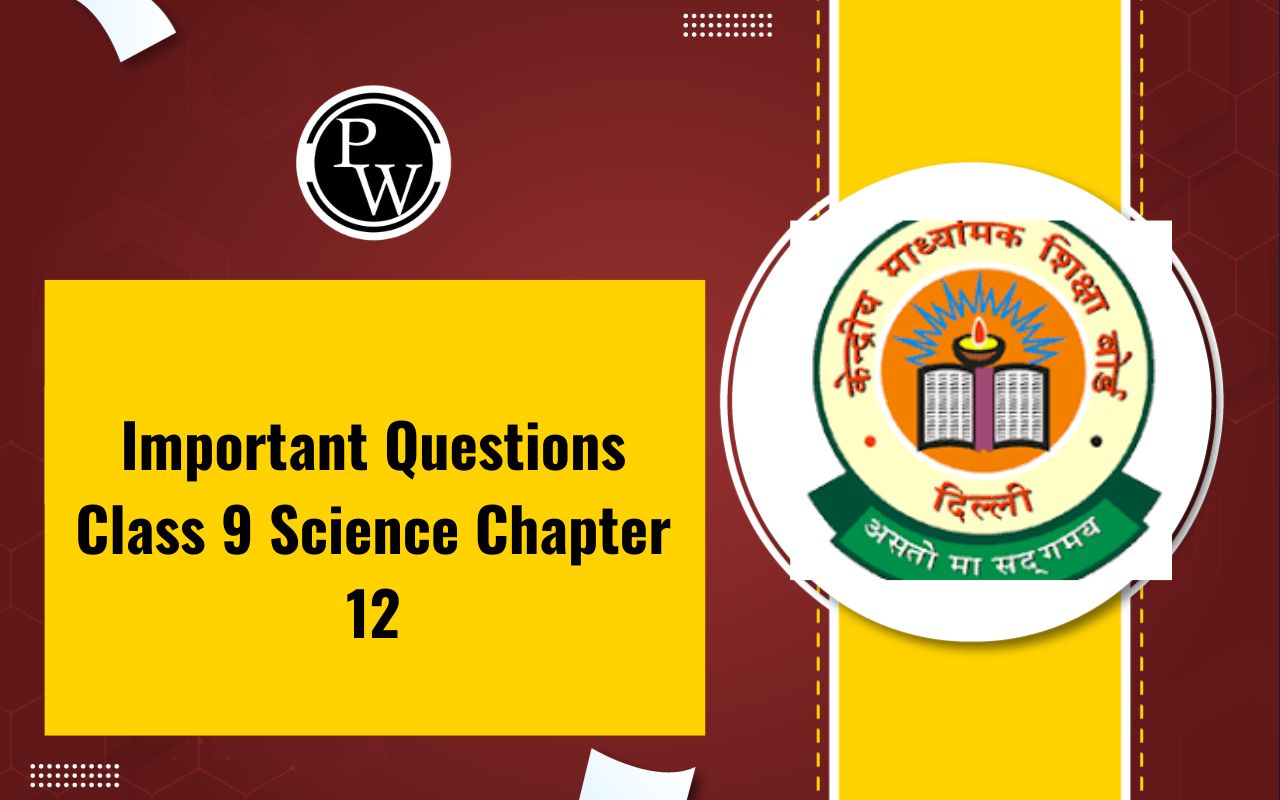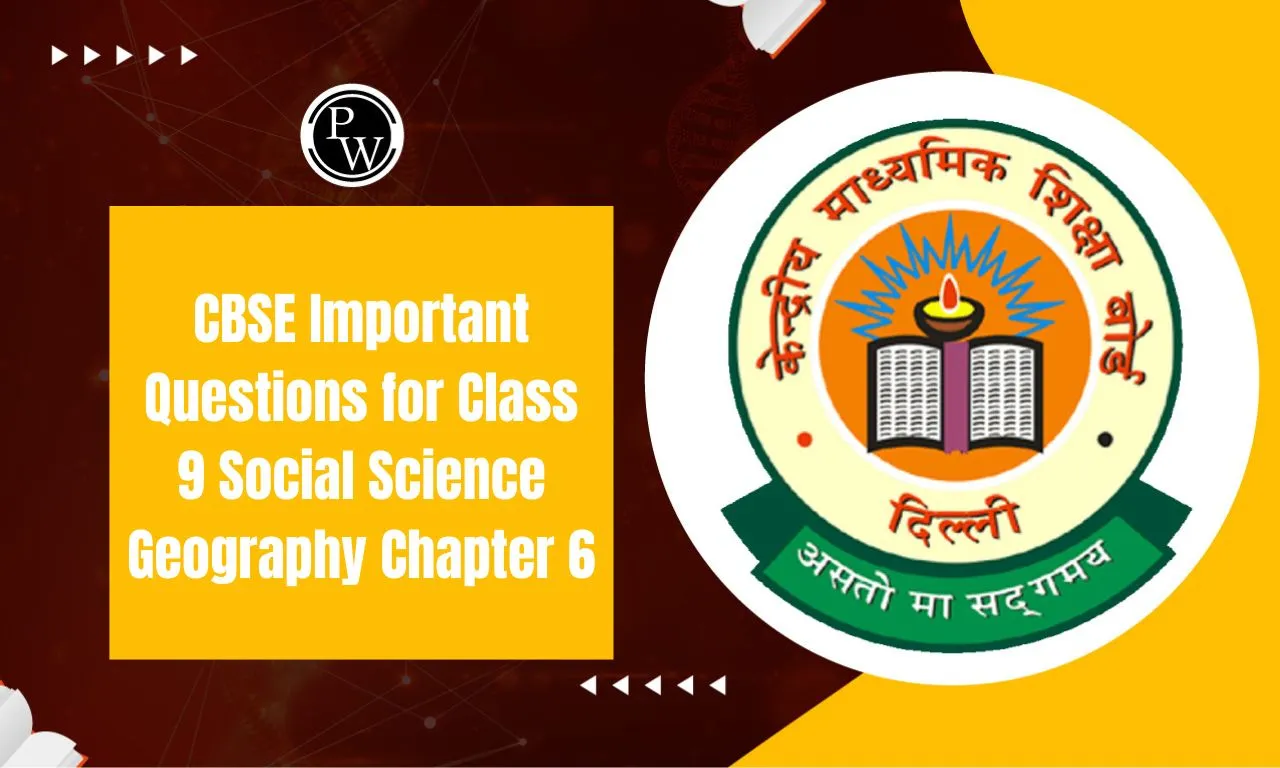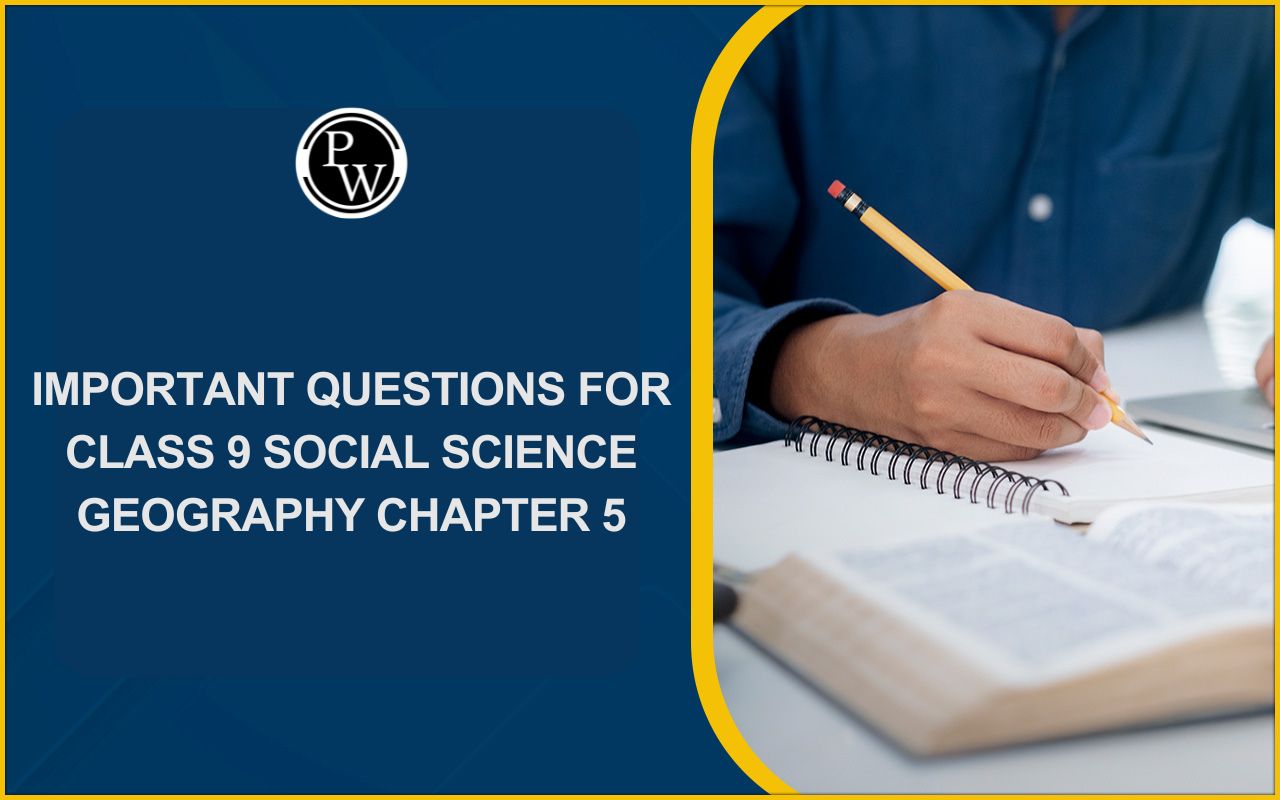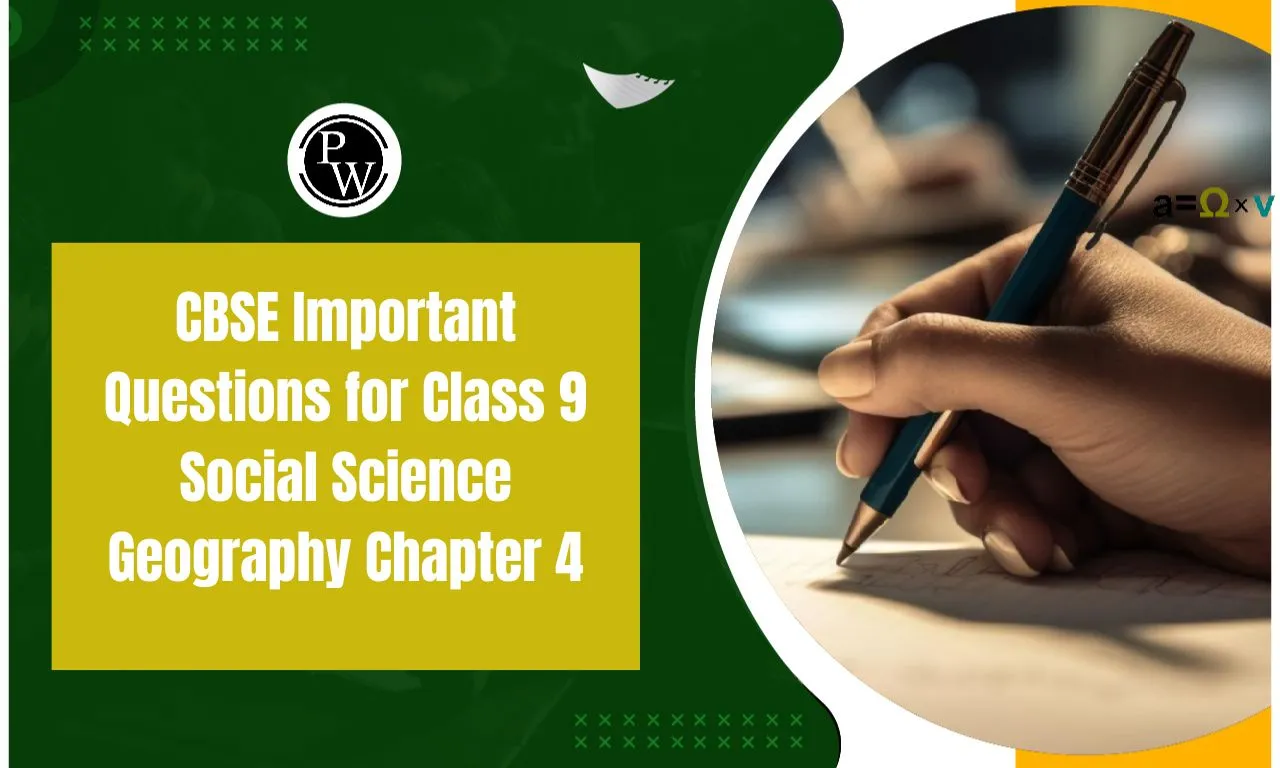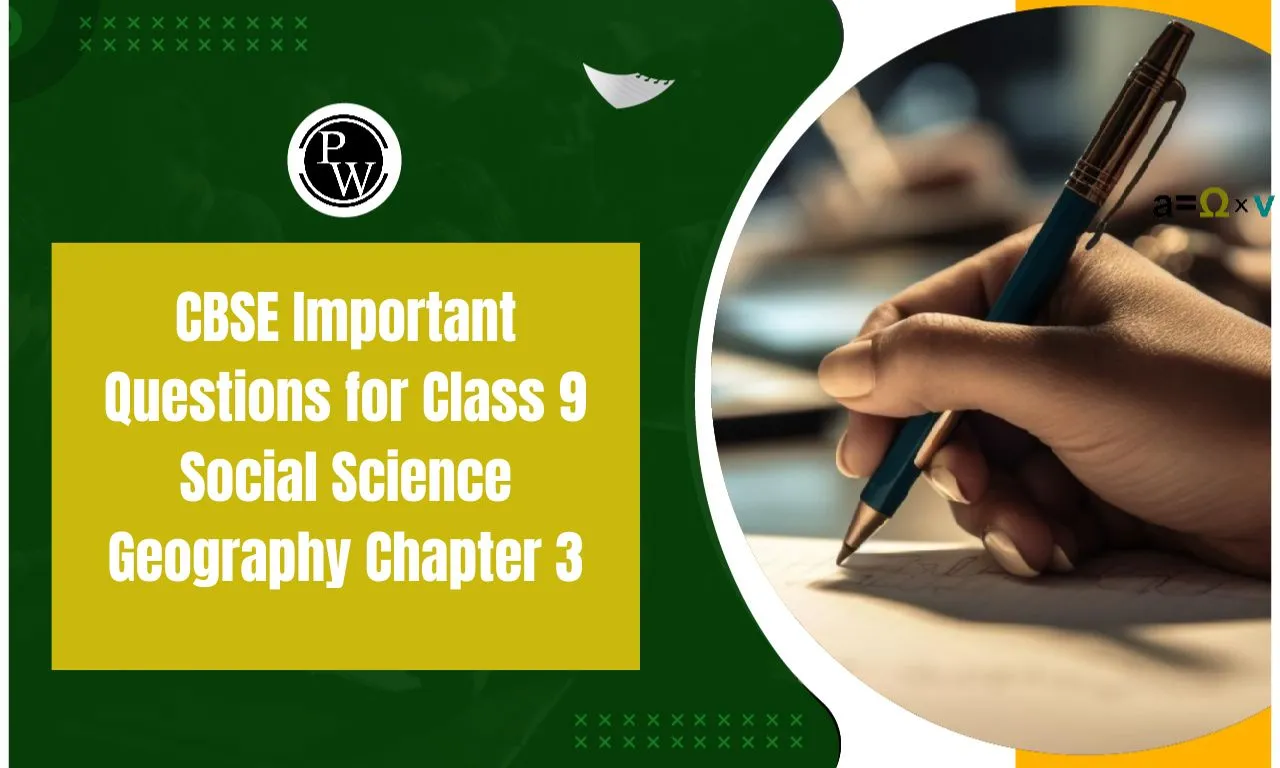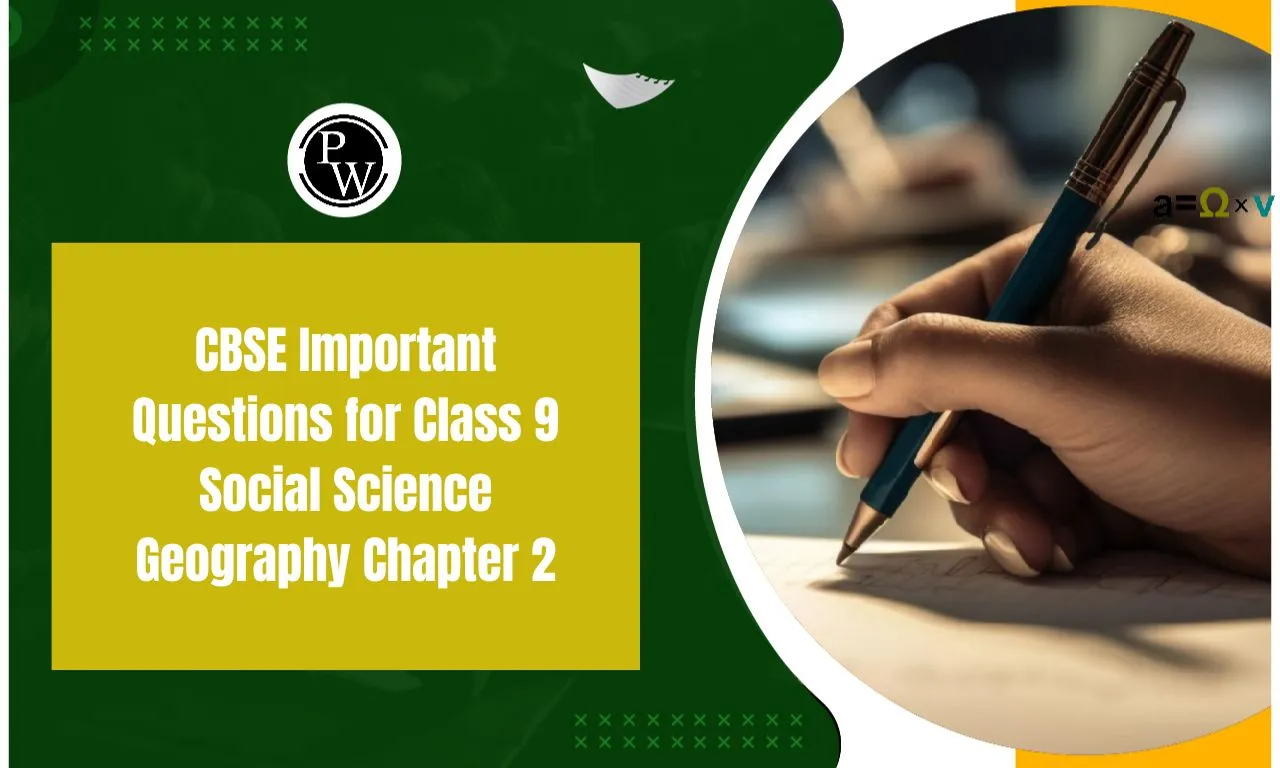

CBSE Class 9 Maths Notes Chapter 13: Get free PDF revision notes for Class 9 Maths and quick notes on Surface Areas and Volumes of Chapter 13 to ace tests. These notes were created by professional maths teachers using the most recent editions of CBSE textbooks. Students can get free CBSE Solutions (NCERT) and other study materials from the website.
Math students can download the Class 9 Maths NCERT Solutions to help them review the entire syllabus and get higher grades in their exams. This is a great resource for students looking for better solutions.CBSE Class 9 Maths Notes Chapter 13 Overview
Here are the surface area and volume for the Class 9 notes. This page discusses and provides an explanation for all of the surface area and volume formulas for various three-dimensional shapes. The surface area of any three-dimensional object can be broadly divided into three categories: total surface area (TSA), lateral surface area (LSA), and curved surface area (CSA). These can be calculated for a variety of 3D shapes, including cylinders, cubes, cuboids, cones, and so forth.CBSE Class 9 Maths Notes Chapter 13 PDF
Here we have provided the CBSE Class 9 Maths Notes Chapter 13 pdf for the ease of students so that they can easily use this pdf by downloading it without the internet. This pdf will help students to understand the concepts better before their exams.CBSE Class 9 Maths Notes Chapter 13 PDF
CBSE Class 9 Maths Notes Chapter 13
The surface areas and volumes of several shapes, including cuboids, cubes, circular cylinders, right circular cones, and spheres, will be presented to the students. Let's look at the key points and equations for every shape.Cuboid
A three-dimensional shape is called a cuboid. Six rectangular faces arranged at right angles make up the cuboid. A cuboid's total surface area is the product of the areas of each of its six rectangular faces.
Lateral Surface Area of a Cuboid
Lateral surface area (LSA) is the area of all the sides apart from the top and bottom faces. The lateral surface area of the cuboid
Cube
A cuboid whose length, breadth, and height are all equal is called a cube . It is a three-dimensional shape bounded by six equal squares . It has 12 edges and 8 vertices.Total Surface Area of a Cube

Right Circular Cylinder
A right circular cylinder is a closed solid with two parallel circular bases joined by a curved surface where the axis is at a right angle to the base and the bases are exactly over each other.Curved Surface Area of a Right Circular Cylinder
Consider a cylinder with height h and base radius r in units. When the curved surface of this cylinder is expanded at the circular base's diameter (d = 2r), it forms a rectangle with dimensions of h units for height and 2πr for length. Consequently, Curved surface area(CSA) of a cylinder of base radius r and height h = 2 π × r × hTotal Surface Area of a Right Circular Cylinder
Total surface area(TSA) of a cylinder of base radius r and height h = 2 π × r × h + area of two circular bases ⇒ TSA = 2 π × r × h + 2 × π r square ⇒ TSA = 2 π r ( h + r )Right Circular Cone
A right circular cone is a circular cone whose axis is perpendicular to its base.Relation between Slant Height and Height of a Right Circular Cone

Curved Surface Area of a Right Circular Cone
Think of a right circular cone with radius r and slant length l. A sector of a circle of radius l is created if a perpendicular cut is performed from a point on the base's circumference to the vertex and the cone is opened up, as seen in the image below:
Total Surface Area of a Right Circular Cone

Sphere
A spherical is a closed, three-dimensional solid object in which every point on its surface is equally spaced from the central, fixed point. The term "radius" refers to the equidistant.Surface Area of a Sphere

Surface Area Formulas
| Shapes | Surface Areas |
| Cuboid | 2(lb + bh + hl) |
| Cube | 6a 2 |
| Right Circular Cylinder | 2πr(r + h) |
| Right Circular Cone | πr(l + r), ( l 2 = h 2 + r 2 ) |
| Sphere | 4 π r 2 |
Volume and Capacity
An object's capacity is the maximum amount of substance it can hold inside of it, whereas its volume is the amount of space it takes up. The cubic unit is used to measure both capacity and volume.Volume of a Cuboid
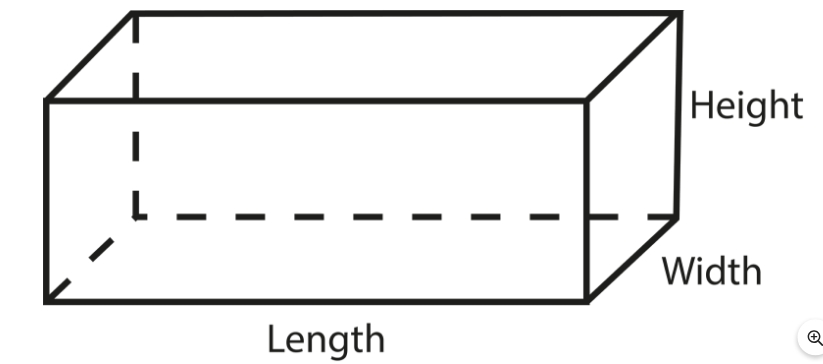 The volume of a cuboid is the product of its dimensions.
Volume of a cuboid =
l
e
n
g
t
h
×
b
r
e
a
d
t
h
×
h
e
i
g
h
t
=
l
b
h
Where
l
is the length of the cuboid,
b
is the breadth, and
h
is the height of the cuboid.
The volume of a cuboid is the product of its dimensions.
Volume of a cuboid =
l
e
n
g
t
h
×
b
r
e
a
d
t
h
×
h
e
i
g
h
t
=
l
b
h
Where
l
is the length of the cuboid,
b
is the breadth, and
h
is the height of the cuboid.
Volume of a Cube


Volume of a Right Circular Cylinder
The volume of a right circular cylinder is equal to base area × its height.
Volume of a Right Circular Cone
The volume of a Right circular cone is 1/3 times the volume of a cylinder with the same radius and height. In other words, three cones make one cylinder of the same height and base.
Volume of a Sphere

Volume Formulas for Class 9
| Shapes | Volumes |
| Cuboid | length × breadth × height |
| Cube | a 3 |
| Right Circular Cylinder | πr 2 h |
| Right Circular Cone | ⅓ πr 2 h |
| Sphere | 4/3 π r 3 |
Benefits of CBSE Class 9 Maths Notes Chapter 13
Expert tutors have created Chapter Wise CBSE Surface Areas and Volumes Class 9 Notes and Key Points (pdf) free download, based on the most recent edition of NCERT books. This can help you do well on your final exams. Surface Areas and Volumes Class 9 Notes PDF aids in improving your comprehension of concepts so you may study at any time and from any location. We offer the Surface Areas and Volumes Class 9 Notes for free download on our website to help most students prepare for this topic and get good grades in the Class 9 CBSE board examinations. The Surface Areas and Volumes Class 9 Notes PDF can assist in solving Surface Area and Volumes issues with a correct and methodical comprehension.CBSE Class 9 Maths Notes Chapter 13 FAQs
Which is the hardest chapter in maths class 9?
Some students find Geometry difficult whereas others may find the Surface area and Volume, Constructions or Statistics. But, in general, maximum students find Geometry as the most difficult topic. Also, under the geometry section Triangles is the most disliked chapter of class IX maths.
What is maths class 9 ch 13 about?
Chapter 13 of class 9 Maths discusses the surface area of different three-dimensional objects such as cube, cuboid, right circular cylinder, right circular cone and sphere. Similarly, the chapter speaks about the method of finding the volume of cube, cuboid, right circular cylinder, right circular cone and sphere.
Which is the most scoring chapter in class 9 maths?
The highest scoring chapter is Polynomials. If you want to clear your exam with flying results, you need to prepare this chapter well. Practice as many questions as you can, calculation mistakes are a major factor in this chapter.
Talk to a counsellorHave doubts? Our support team will be happy to assist you!

Check out these Related Articles
Free Learning Resources
PW Books
Notes (Class 10-12)
PW Study Materials
Notes (Class 6-9)
Ncert Solutions
Govt Exams
Class 6th to 12th Online Courses
Govt Job Exams Courses
UPSC Coaching
Defence Exam Coaching
Gate Exam Coaching
Other Exams
Know about Physics Wallah
Physics Wallah is an Indian edtech platform that provides accessible & comprehensive learning experiences to students from Class 6th to postgraduate level. We also provide extensive NCERT solutions, sample paper, NEET, JEE Mains, BITSAT previous year papers & more such resources to students. Physics Wallah also caters to over 3.5 million registered students and over 78 lakh+ Youtube subscribers with 4.8 rating on its app.
We Stand Out because
We provide students with intensive courses with India’s qualified & experienced faculties & mentors. PW strives to make the learning experience comprehensive and accessible for students of all sections of society. We believe in empowering every single student who couldn't dream of a good career in engineering and medical field earlier.
Our Key Focus Areas
Physics Wallah's main focus is to make the learning experience as economical as possible for all students. With our affordable courses like Lakshya, Udaan and Arjuna and many others, we have been able to provide a platform for lakhs of aspirants. From providing Chemistry, Maths, Physics formula to giving e-books of eminent authors like RD Sharma, RS Aggarwal and Lakhmir Singh, PW focuses on every single student's need for preparation.
What Makes Us Different
Physics Wallah strives to develop a comprehensive pedagogical structure for students, where they get a state-of-the-art learning experience with study material and resources. Apart from catering students preparing for JEE Mains and NEET, PW also provides study material for each state board like Uttar Pradesh, Bihar, and others
Copyright © 2025 Physicswallah Limited All rights reserved.
Get App


